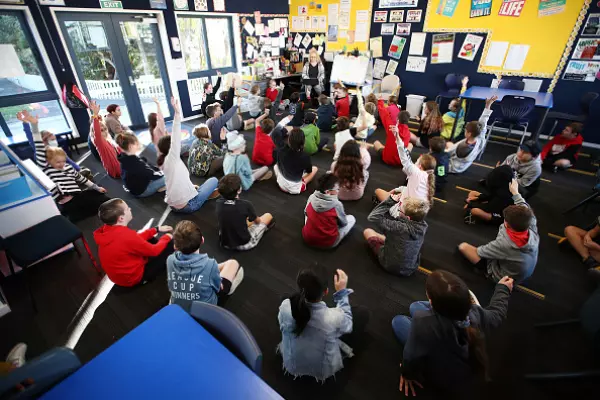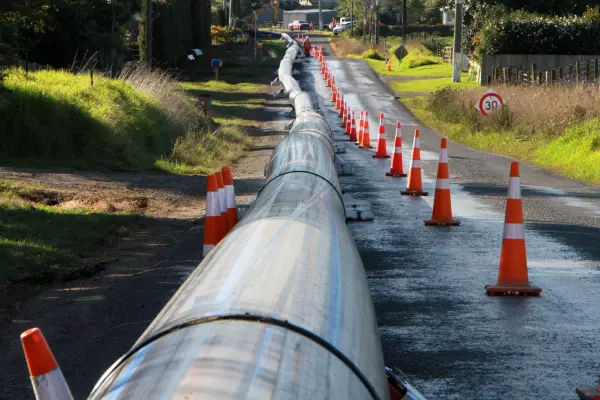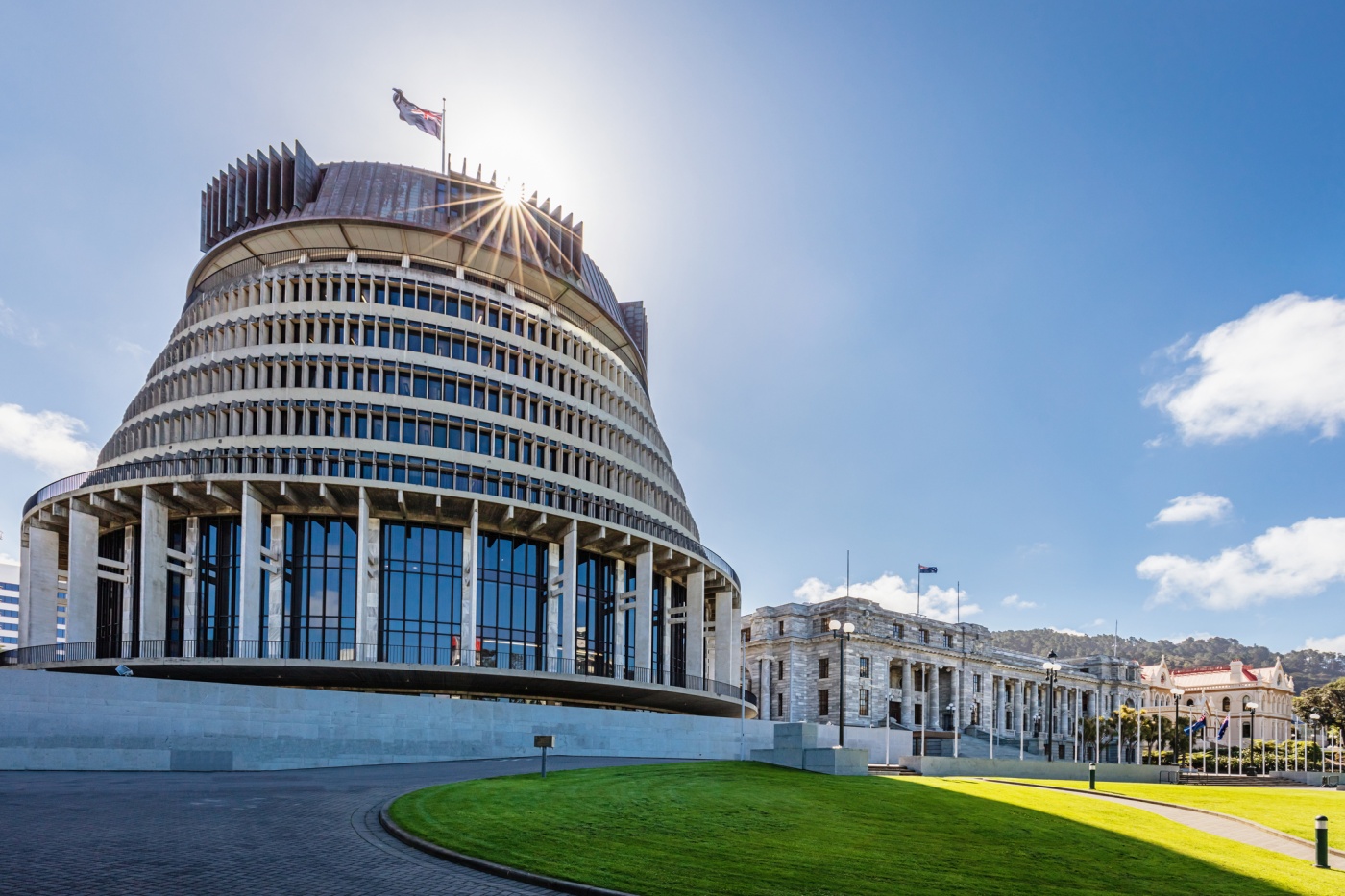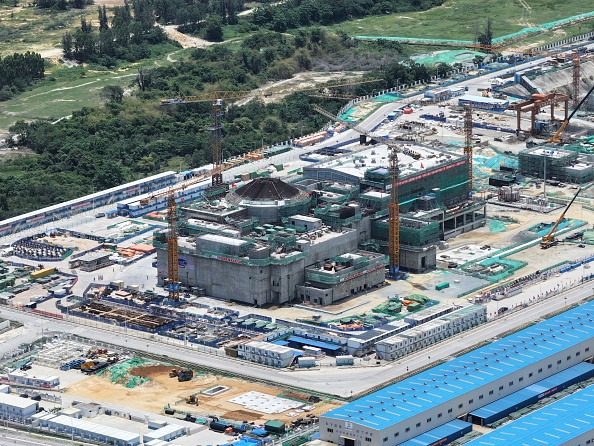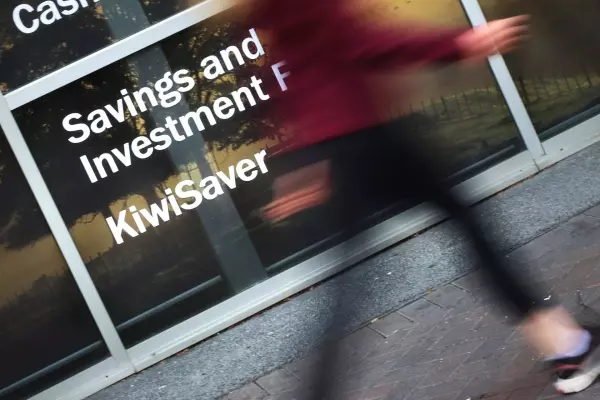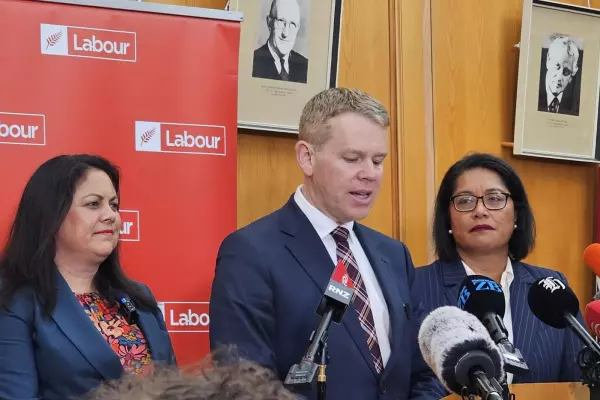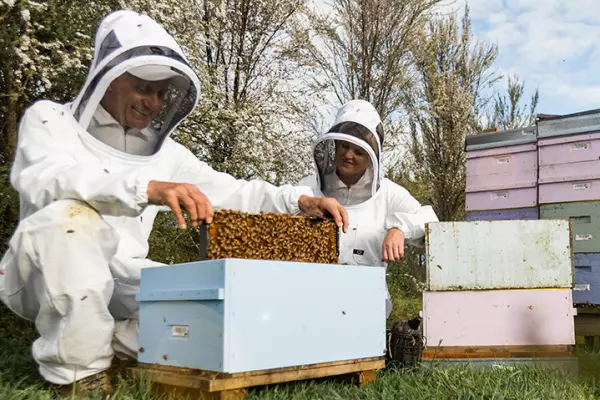When the circumstances change, you shift emphasis.
Accordingly, while government policy should never be hostage to the current environment and make sweeping moves, neither should it ignore a major change in the economic landscape.
Will the government shift emphasis in response to changing circumstances in next week's Half-Year Economic and Fiscal Update (HYEFU)?
I hope so, but suspect not.
Prior to the 2021 budget, the economy was operating below capacity.
It needed government and central bank stimulus to stimulate demand to buoy the recovery. Cue the 2021 ‘Securing Our Recovery’ budget, which involved spending more money, though not all for covid-19 reasons.
Inflation was not an issue.
Interest rates were expected to remain low.
With capacity available, the economy could grow above its so-called potential growth rate, buoyed by sugar-candy economics: the temporary impetus from the central bank and government.
The situation is different now.
The economy has exceeded expectations.
We have excess demand, not insufficient demand. That is a good thing but presents different challenges. Inflationary pressures are rising. Inflation is a thief that steals savings, reduces purchasing power, and pressures firms’ margins.
Some inflationary pressure reflects transitory covid-19 related supply chain problems.
Too darned hot
But other factors are also at play and the economy is too hot.
The Reserve Bank is winding back monetary policy support, in response. But how will fiscal policy, which the government controls, respond to an inflationary environment?
Granted, there is still uncertainty over the economic trajectory in 2022 and the enduring impact of living with covid-19. Support is needed.
The RBNZ is in no hurry to lift rates aggressively, and neither should the government be to alter broad direction.
However, adjustments are still required.
Higher spending entrenched?
Now is not the time for a big spending 2022 Budget. It will only add to excess demand and inflation.
It is not the time for clamping down on spending, either. Sensible heads are needed when navigating uncertainty.
Will we see another large increase in the spending allowances in the 2022 budget taking it well above the $2.7 billion already signalled for next year. To put the $2.7b in perspective, the 2021 Budget was $3.8b per based on the 2021 budget's allowance of $3.8b per year and $15b over four years.
The last three budgets have ended up being larger spending affairs than initially flagged, with forecasts then projecting a diet in subsequent years.
The year after then becomes another binge, with projections of another diet.
The diet remains elusive, and you question its eventuality.
While some spending is overdue catch-up, in health especially.
But there is a point at which you wonder whether a fourth budget in a row that ups the allowance for spending denotes a trend of simply spending more.
How does the economic base stack up?
The Treasury assumed in the 2021 budget that the economic base, or what economists call the potential growth rate, was unchanged in spite of covid-19.
That assessment needs to be revised.
Restrained migration, resource reallocations to deal with the pandemic, and productivity challenges mean slower potential growth, slower rises in living standards, and fewer tax gains to redistribute.
In other words, covid's enduring impact will constrain how fast the economy can grow over the coming years.
It is a negative shock. We have just experienced the sugar-rush, not the reality, so far.
We need to keep adapting as we are now, but also to figure out how to grow through increased supply of economic goods and services rather than remaining reliant on demand-driven growth, as at present. This is the nuts and bolts of government policy.
Covid-19 is not the only restraint on growth.
Declining school achievement, rising benefit dependency, the lack of a proper framework for infrastructure, constraints on the primary and energy sector, forestry taking out pastoral land and the immigration reset are all examples of handbrakes on growth from the supply side.
Some handbraking has been needed in some areas.
But there is also a reality in this: hits to potential growth rates need offsets to maintain the economic base or living standards need to be realigned.
The impact of the hits will not become fully apparent for years to come, but they are being dished out.
We need to be unlocking offset opportunities faster and tackling hard issues now.
Inflation is the wake-up call for the need to stimulate supply, not just boost demand.
This is the second pivot the government needs to flag.
The obvious candidates
Elsewhere, what is it doing to support and expand the building blocks of well-being, namely the economic base?
How can we get the economy to produce a stronger anaerobic capacity to grow without generating inflation? It is not just about spending money.
It involves an acceleration of micro-economic thinking and less focus on simply spending.
Now is not the time to be piling more costs on businesses.
Plaudits to the Commerce Commission and government for the recent review of competition into supermarkets, and pending review of the building sector. They are examples of initiatives we need.
But more attention is needed on the labour market. We have low unemployment, yet one-in-nine people of working age are on a benefit.
A review of school attendance is under way but that needs to be the appetizer to examining school achievement more broadly.
Likewise with water policy.
We have it. Unlock its potential.
You also cannot divorce law and order from economic success. When protestors can disrupt a key trading day in Newmarket or police do not have resources to do normal policing, there are worrying signs.
The key to housing is unlocking land availability.
The list goes on.
We need a shift from demand and recovery management to buoying supply. The shift is subtle but important and needs to happen now.




